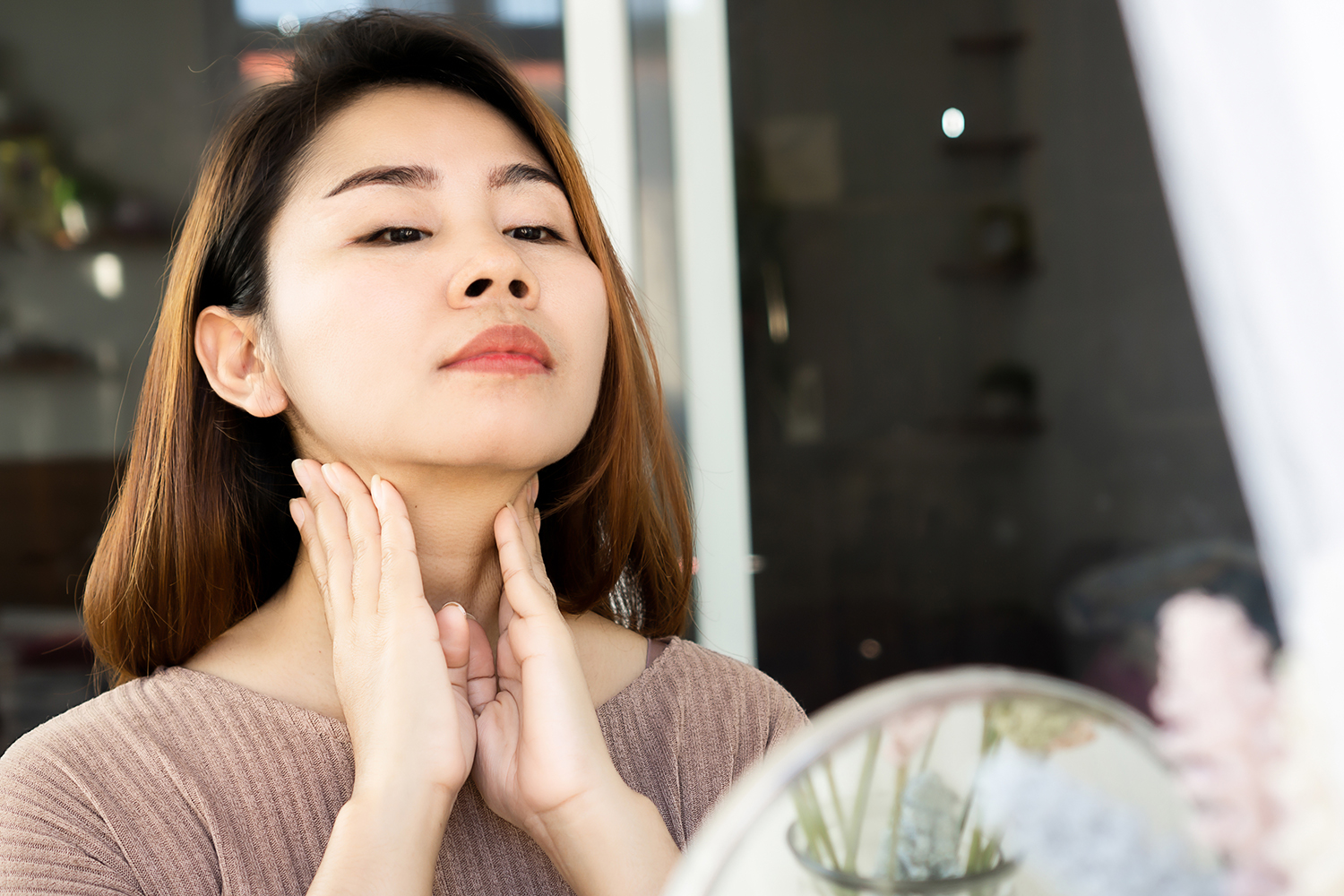It may not have the strong emotional appeal of the heart or the strength and sturdiness of the bones, but the lymph system needs our attention too. Fortunately this is changing, as we learn of its supreme importance in keeping us well.
Located outside the body’s cells, the lymphatic system is a fluid space. Twice as long as the blood network, the lymphatic system circulates right alongside it, acting as a drain for cellular waste. It also acts as a defender, supporting the immune system by trapping pathogens and filtering them out.
Unlike the blood system with the heart, the lymphatic system does not have a natural pump. What it has are series of ducts and nodes that help move fluid along. The lymph nodes are located throughout the body, including under the armpits, in the neck, around the groin, and in the digestive system.
Lymph Problems
When we’re dehydrated, tired, lacking in sleep, full of toxins, or fighting an infection, our lymphatic system struggles. This causes stagnation and results in painful swelling and inflammation, and is an indicator that something’s amiss.
Symptoms of Lymph Issues
Here are some common signs of congested lymph:
- Acne and other skin issues
- Cellulite
- Constipation
- Earaches
- Excess water weight
- Fluid retention
- Food and chemical sensitivities
- Inflamed tonsils
- Insomnia
- Nasal congestion
- Pain
- Sore throat
Self-Diagnosis
Try this easy and quick test: depress the skin on the back of your hand with your thumb.
If it takes three or more seconds for the skin to return to its normal color after being pressed, your lymphatic system is most likely sluggish.
Treating Lymph Issues
What to do about underperforming lymph?
Stimulating Flow
These routines all stimulate lymph flow:
- Physical exercise
- Hot yoga
- Sauna
- Infrared light therapy
- Dry skin brushing
- Rebounding on a trampoline
- Deep belly breathing
- Massage
If you wear underwire bras, consider changing to wireless. Many lymph glands are located in the breast area. Underwires are constricting and limit circulation in breast tissue.
Lymph Massage
Massage is a particularly healing and effective option, as it helps stagnant lymph move through the tissues. A professional licensed lymphatic massage therapist gently massages the areas over the lymph canals and encourages the emptying of the lymph nodes.
You can also try self-massage. But keep in mind that it’s best to work gently when massaging lymph. Use a light, stroking motion.
It’s important to note that if your lymphatic system is too congested and your kidneys aren’t functioning properly, a lymphatic massage may be stressful for your body.
Affected areas are often tender to the touch and the skin may appear overstretched.
Self-Massage Tips
- If swelling is in the arms, gently massage your skin upward toward the armpits.
- If fluid retention is in the legs, stroke upward toward the groin area.
- Major strokes should be directed toward the kidneys to help with waste removal.
- Other areas to concentrate on include along the jawline and down each side of the neck.
- Massage around the bikini line area. This is where the leg creases when you lift it.
Essential Oils for Lymph Issues
Benefits
With antimicrobial, antibacterial, and anti-inflammatory properties, essential oils can:
- help with blood circulation
- reduce tissue swelling
- stimulate lymphatic movement
- lessen toxins
- decongest lymph
Essential oils also help open drainage channels in the body, like those in the lymphatic system.
Other ways to obtain essential oils’ benefits for the lymph include adding a small amount to a bath, diffusing in a diffuser, or mixing a few drops into a body wash.
Recommend Oils
Lymph-loving essential oils include:
- cedarwood atlas
- cypress
- frankincense
- geranium
- ginger
- grapefruit
- juniper berry
- lemon
- lime
- rosemary
- spearmint
- sweet orange
- tea tree
- wintergreen
Helpful Tips
- Follow the ratio of one drop of essential oil per one teaspoon of carrier oil, unless a recipe instructs otherwise.
- Dilute the essential oils by adding them to carrier oils such as jojoba, almond, avocado, grape seed, or fractionated coconut.
Precautions
Always perform a patch test on the skin before using essential oils. Make sure there’s no redness, burning, or irritation on the skin, or any breathing issues upon smelling the intended oil. Avoid if any of these occur.
Recommended Blends
-
Toxin Expeller
For a lymph toxin expeller:
-
Ingredients
- 7 drops juniper berry essential oil
- 5 drops lemon essential oil
- 6 drops black pepper essential oil
- 1 ounce avocado oil
-
Directions
- Blend the ingredients in a dropper bottle.
- Use small amounts when massaging.
-
-
Lymph Stimulator
For a stimulating massage for the lymph:
-
Ingredients
- 5 drops geranium essential oil
- 6 drops wintergreen essential oil
- 2 drops tea tree essential oil
- 1 ounce grapeseed oil
-
Directions
- Blend the ingredients in a dropper bottle.
- Use small amounts when massaging.
-
-
Lymphedema Blend 1
From The Complete Book of Essential Oils and Aromatherapy by Valerie Ann Worwood.
-
Ingredients
- Juniper Berry 5 drops
- Grapefruit 2 drops
- Cypress 2 drops
- Sweet Orange 5 drops
-
Directions
- Blend essential oils together.
- Dilute 1 to 3 drops per tsp of carrier oil.
- Use only as much as required.
-
-
Lymphedema Blend 2
From The Complete Book of Essential Oils and Aromatherapy by Valerie Ann Worwood.
-
Ingredients
- Lavender 6 drops
- Juniper berry 3 drops
- German Chamomile 6 drops
-
Directions
- Blend essential oils together.
- Dilute 1 to 3 drops per tsp of carrier oil.
- Use only as much as required.
-





